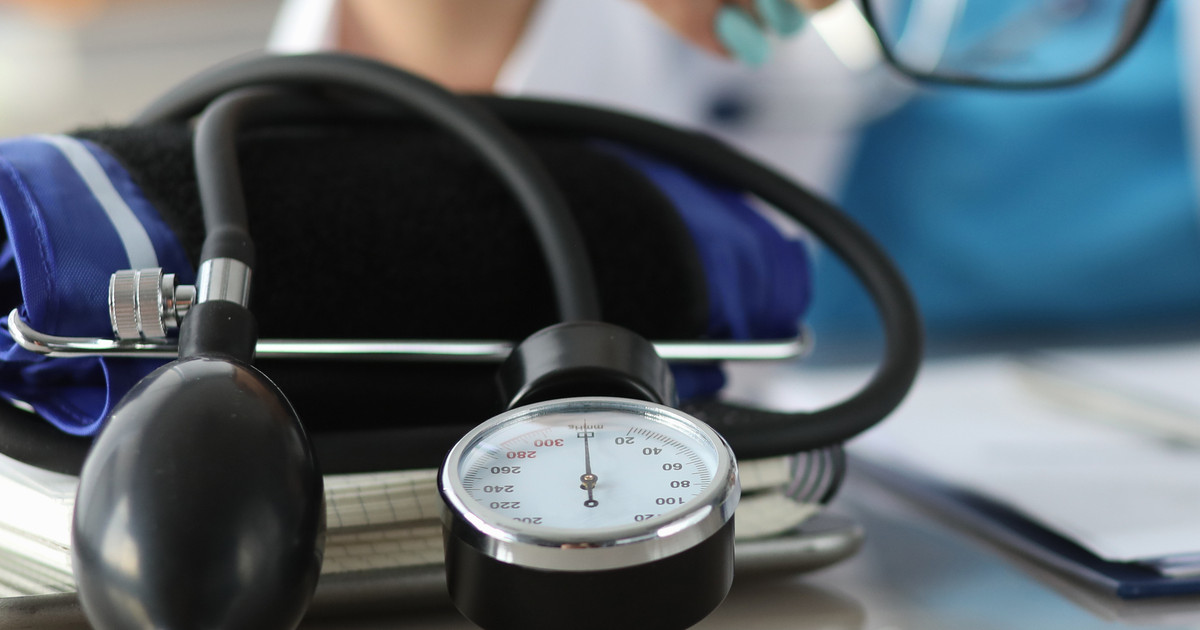What Is Allopurinol?
Possible Side Effects
Side effects appear to be fairly frequent on this medication. Patients seem to report certain effects more than others. This may include nausea, vomiting, and headaches. Other common side effects appear to be skin rashes, drowsiness, and diarrhea. Some individuals may deal with taste changes or an upset stomach on this medicine. It also seems that this medication can return abnormal liver function test results. Thus, patients may need to talk to their doctor if they experience certain side effects. These effects appear to include persistent or severe upset stomach, diarrhea, or drowsiness. Consulting a doctor for mild skin rashes seems to be important too.
Rare side effects of this medication are also possible. They may include tingling, numbness, and urinary issues. The urinary issues that seem to happen are decreased output and painful urination. This may also be bloody urine. There also appears to be rare liver problems on this medication. Patients may want to look for stomach pain, itching, fever, and chills. Appetite loss and unexplained weight loss can happen as well. These symptoms seem to need immediate attention. Patients may also need urgent help for the urinary side effects.
Get the details on possible precautions to consider next.
Possible Precautions To Consider
It seems that doctors need to help ensure that this medication is safe for each patient. This can be why patients should review their medical history with them. It seems that a history of kidney or liver disease may make this medication unsafe. Others with a history of high blood pressure or diabetes may not be able to take this medication also. It appears to be unsafe for individuals dealing with congestive heart failure too. Chemotherapy patients seem to require extra caution before taking this medication. This may apply to breastfeeding and pregnant women as well.
Avoiding alcohol appears to be vital for this medication. This seems to connect to the medicine's impairment of reaction time. It may also be why patients should consider avoiding driving. This medication could result in decreased white blood cells. Due to this, some patients may see more bleeding after an injury. This lower white blood cell count may trigger more infections also. Thus, individuals may want regular blood tests and appointments for this. Thankfully, they seem to be able to take this medication with or without food. However, it appears that a full glass of water is necessary. This may help them avoid kidney stones. Drinking sixty-four to eighty ounces of water daily seems to help on this medication.
Reveal some of the potential medication interactions next.

